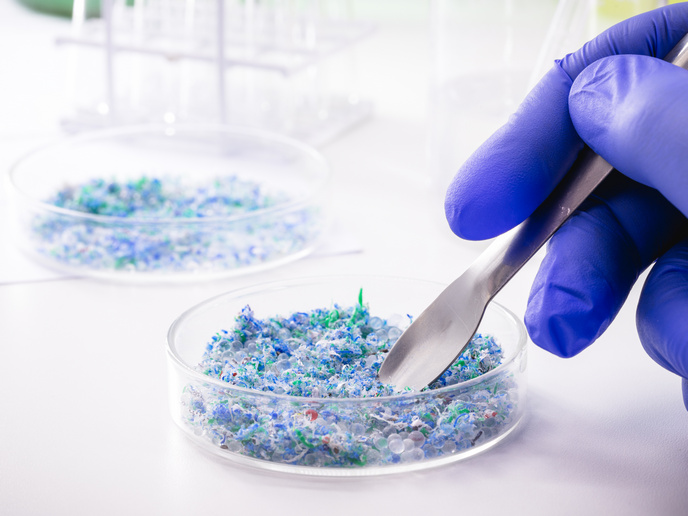Harnessing mother earth's molecular bounty
Rare materials from the earth are very useful in the world of science, particularly in newer disciplines such as designed crystalline 3D molecular materials. Specific crystalline materials, in particular, have important properties such as magnetic memory or fluorescence. However, extracting and processing these rare materials can be costly and can harm the environment. The EU-funded Recrysteng project, which stands for 'Rare earth crystal engineering', is deploying a new approach for the discovery and processing of desired materials. An important aspect of this project has been to significantly lower production costs associated with energy, solvents and special equipment used in obtaining and synthesising these new materials. This 'green chemistry' approach was successfully applied by using solvent-free preparation techniques, such as grinding and liquid-assisted ball-milling. These methods are especially appropriate for high-yield, low-energy production of the new crystalline rare earth materials. One of the most significant results was the successful synthesis of a series of new rare-earth materials, such as a new type of melamine. Some of the new compounds have shown remarkable electromagnetic properties such as magnetic memory effects at low temperatures and fluorescence properties with unusually long life times. The thermal stability, easy availability, and simplified processing techniques such as grinding, has transformed this new class of compounds into potential high-tech materials. These include high-performance rare earth magnets, essential components for manufacturing highly efficient optical fibres or luminescent materials for transmitting information or light. Thus, these materials can enable communication technologies and microelectronics, considered two major competitive sectors by the EU. Due to its interdisciplinary nature, the project brought together a number of fruitful partnerships and projects featuring scientists and industrial companies with advanced scientific experience in different fields. Overall, Recrysteng has successfully opened a new synthetic gateway for a substantial series of rare earth materials, bearing important novel electromagnetic and structural features. Furthermore, the project's new approach in developing functional molecular materials and polymers introduced a greener approach to this branch of chemistry. A very competitive network in this field was created, with strong potential for furthering research activity beyond the project's end.







